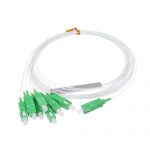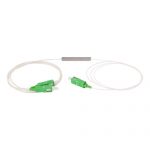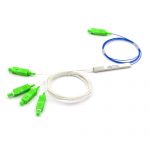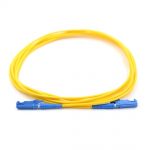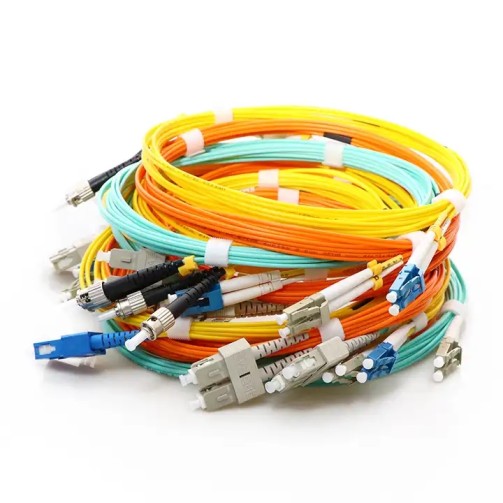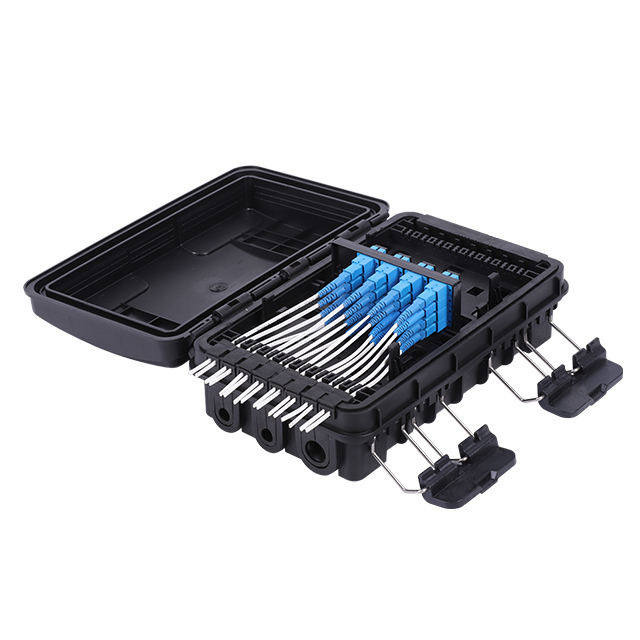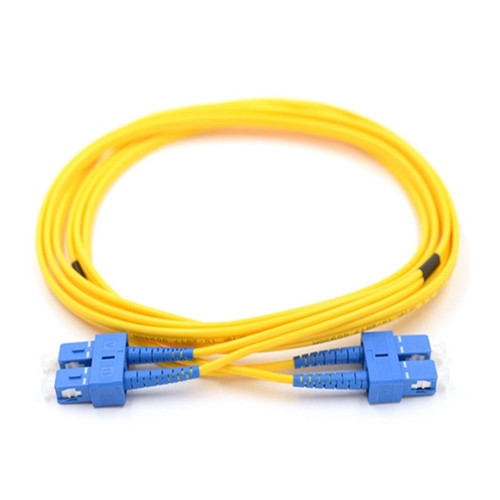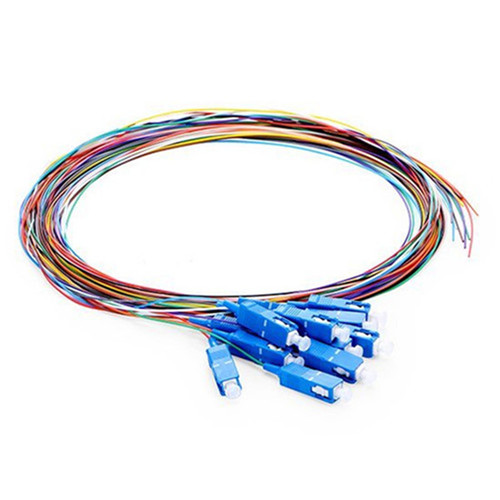Q1: What is a fiber patch cord?
A fiber patch cord, also known as a fiber optic patch cable or jumper, is a cable assembly used to connect optical devices, such as transceivers, switches, and routers. It consists of two connectors on each end and a fiber optic cable in between, allowing the transmission of high-speed data signals using light.
Q2: What are the types of fiber patch cords?
Fiber patch cords are available in various types, including:
- Single-mode patch cords: Designed for long-distance communication, these cords use a single-mode fiber to transmit a single beam of light.
- Multi-mode patch cords: Used for short-distance communication, these cords use a multi-mode fiber that allows multiple beams of light to propagate simultaneously.
- Simplex patch cords: Contain a single fiber strand, usually used for applications requiring unidirectional communication.
- Duplex patch cords: Consist of two fiber strands, typically used for bidirectional communication.
Q3: What connectors are commonly used in fiber patch cords?
Several connector types are commonly used in fiber patch cords, such as:
- LC (Lucent Connector): A small, high-density connector suitable for both single-mode and multi-mode fibers.
- SC (Subscriber Connector): A square-shaped connector commonly used in older networks, suitable for both single-mode and multi-mode fibers.
- ST (Straight Tip): A round connector often used in older networks, primarily for multi-mode fibers.
- MTRJ (Mechanical Transfer Registered Jack): A connector that combines both fiber and copper connections, primarily used for multi-mode fibers.
- FC (Ferrule Connector): A screw-type connector mainly used for single-mode fibers.
- MPO/MTP (Multi-fiber Push-On/Pull-off): A high-density connector with multiple fibers, typically used in high-speed data transmission and parallel optics applications.
Q4: What is the difference between single-mode and multi-mode fiber patch cords?
The key difference lies in the type of fiber used:
- Single-mode fiber patch cords use a smaller core diameter (around 9 microns) and transmit a single beam of light. They are suitable for long-distance communication and high bandwidth applications.
- Multi-mode fiber patch cords have a larger core diameter (commonly 50 or 62.5 microns) and allow multiple beams of light to propagate simultaneously. They are ideal for short-distance communication within buildings or data centers.
Q5: How do I choose the appropriate fiber patch cord for my application?
Consider the following factors when choosing a fiber patch cord:
- Fiber type: Determine whether you need single-mode or multi-mode based on your communication distance and bandwidth requirements.
- Connector type: Ensure that the connectors on the patch cord match the connectors on your optical devices.
- Cable length: Select the appropriate length to connect your devices with flexibility while minimizing excess cable.
- Environment: Consider whether you need patch cords designed for indoor, outdoor, or harsh environments with additional protection.
- Transmission speed: Choose a patch cord that supports the data rate of your network equipment.
Q6: Can fiber patch cords be customized?
Yes, fiber patch cords can be customized to meet specific requirements. You can choose the fiber type, connector type, cable length, and jacket material based on your needs. Customization may be necessary for unique applications or when connecting devices with different connector types.
Q7: How should I handle and maintain fiber patch cords?
To ensure optimal performance and longevity:
- Avoid excessive bending or twisting of the patch cord.
- Protect connectors from dust, dirt, and contamination.
- Keep patch cords away from excessive tension or pulling.
- Store patch cords in a clean, dust-free environment when not in use
- Regularly inspect and clean the connectors using appropriate tools and cleaning solutions.
Q8: Can fiber patch cords be used in outdoor installations?
Standard fiber patch cords are designed for indoor use, but there are outdoor-rated patch cords available that have additional protection against moisture, UV radiation, and extreme temperatures. For outdoor installations, it’s important to choose patch cords specifically designed for outdoor use.
Q9: Can fiber patch cords transmit power?
Fiber patch cords are primarily used for data transmission and are not designed for power transmission. For power applications, other types of cables, such as power cables or hybrid cables combining power and fiber, should be used.
Note: It’s always recommended to consult with a fiber optic professional or supplier for specific advice and guidance regarding your fiber patch cord requirements.
